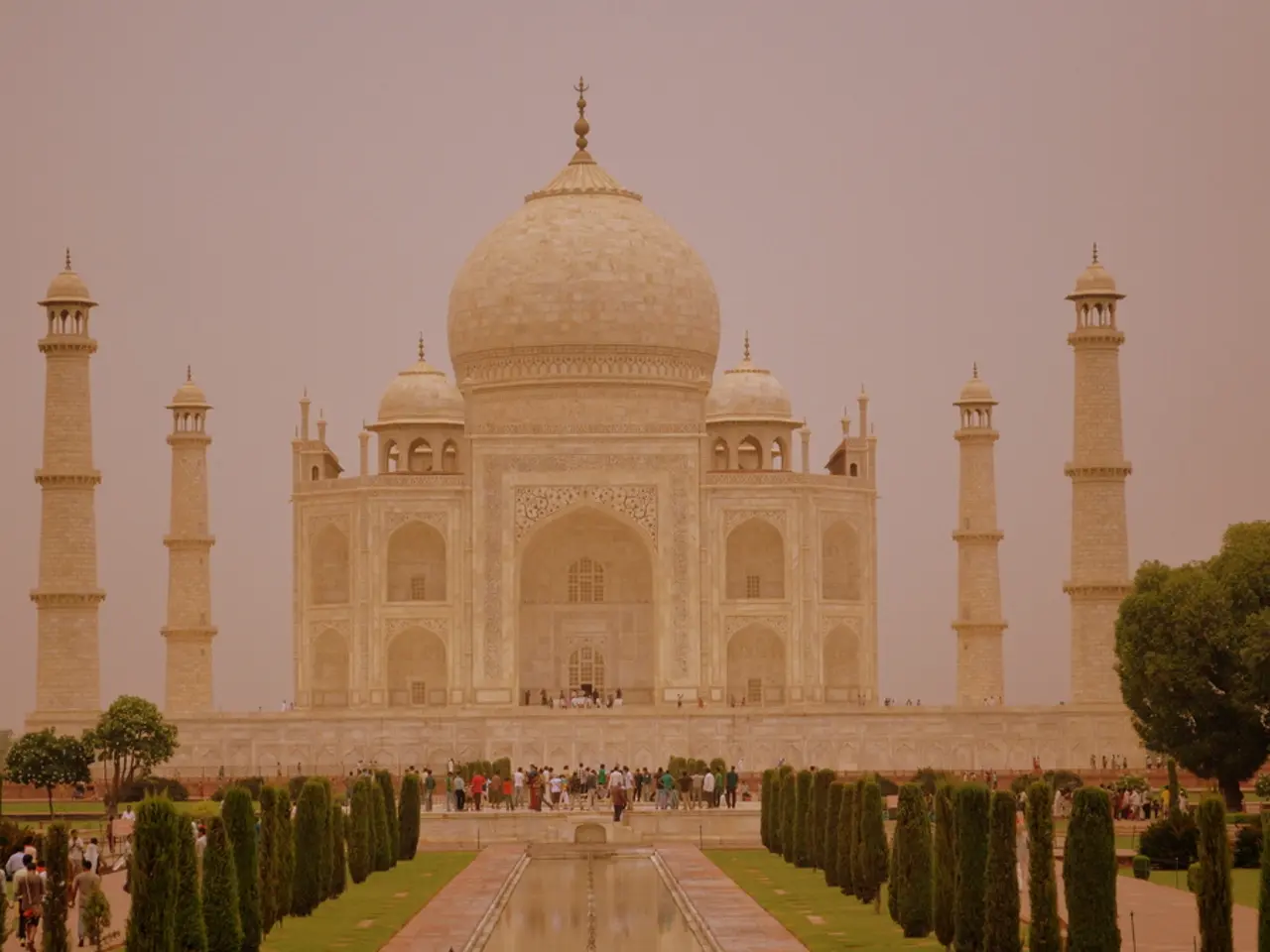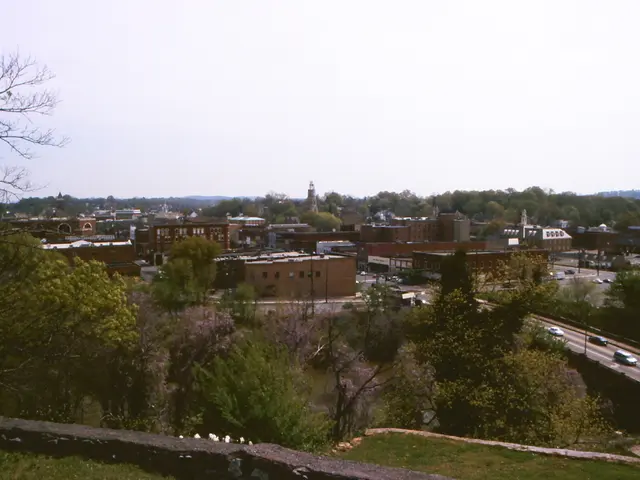Ancient Gor Khatri archaeological site in Peshawar narrates a 2000-year history of empires and religious beliefs.
Gor Khatri, an archaeological complex in Peshawar, Pakistan, stands as a testament to over 2,000 years of continuous cultural, religious, and political history. This ancient urban site, nestled at the mouth of the Khyber Pass, has been marked by 13 successive civilizations, making it one of the oldest continuously inhabited urban settlements in South Asia.
Historical Significance
Gor Khatri's historical significance is multifaceted. Originally a site of great religious importance, it was identified with the location of the famous Kanishka stupa and the "Buddha's giant bowl" tower, as referenced by the Chinese pilgrim Xuanzang in the 7th century CE. It was also a significant Buddhist pilgrimage center, and traces of this legacy can still be seen in its layers of archaeological remains.
In the Mughal period, Gor Khatri was transformed into a caravanserai (inn for travelers) known as Sarai Jahanabad by Jehan Ara Begum, daughter of Emperor Shah Jahan, in 1641. She also built a mosque, a sauna bath, and wells, enhancing its role as a resting place for travelers. During the Sikh era (early 19th century), it became the residence and headquarters of Paolo Avitabile, the Sikh governor of Peshawar, who also built a Hindu temple dedicated to Shiva on the site. In the 20th century, it was used for colonial administrative purposes, housing a police headquarters and fire brigade station from 1917 to 2002.
Civilizations and Cultures Marking Gor Khatri
The archaeological complex has layers attributed to diverse civilizations, showcasing its historical depth. The Indo-Greek period (2nd-3rd century BC) marks the introduction of Hellenistic influence in the region, with the earliest archaeological materials found at Gor Khatri dating back to this era. The Buddhist legacy is prominent, with references to the Kanishka stupa and related artifacts. Persian and Central Asian influences are also evident due to Peshawar's role as a trade crossroads.
The Mughal Empire left its mark on Gor Khatri’s construction as a caravanserai and its architectural elements, symbolizing Mughal royal patronage. During the Sikh rule, it was converted into administrative headquarters and religious sites like the Shiva temple occurred. The British Raj left its imprint on the site, adapting it for colonial administrative purposes.
A Living Museum of Peshawar’s Rich and Diverse Past
Gor Khatri serves as a chronicle of over two millennia of South Asian history, illustrating the fusion and succession of Indo-Greek, Buddhist, Mughal, Sikh, and British influences through its architectural remains and cultural layers. It stands as one of the oldest continuously inhabited urban sites in South Asia and is a living museum of Peshawar’s rich and diverse past.
Archaeologists have unearthed layers revealing Roman coins, Kushan pottery, Scythian jewelry, and traces from the White Huns and the Ghaznavid Empire at Gor Khatri. A small museum inside Gor Khatri showcases pottery shards, coins, beads, seals, and kitchen tools from the many civilizations that passed through. The British-era governor's residence still stands at one corner of the site, and it was once ruled by Paolo Crescenzo Martino Avitabile, an Italian general in the army of Maharaja Ranjit Singh.
Today, Gor Khatri houses a mosque and the Goraknath Temple, a Hindu shrine built between 1834 and 1849, which now coexist in the same space. Hamza Khan, a student of Peace and Conflict Studies, often takes friends to Gor Khatri to show them the positive side of Peshawar and its representation of religious and cultural diversity.
The excavation work at Gor Khatri concluded in most parts in 2012, but archaeologists say there is still much to study. Greek settlers, Buddhist monks, Persian merchants, Mughal princesses, British soldiers, and local pilgrims have all, at some point, passed through Gor Khatri, leaving cultural and architectural legacies that continue to captivate and educate visitors today.
- The layers of Gor Khatri, an archaeological complex in Peshawar, indicate a rich fusion of influences from various civilizations and cultures, including the Indo-Greek, Buddhist, Mughal, Sikh, and British.
- Past travelers to Gor Khatri left their marks, with remnants of Roman coins, Kushan pottery, Scythian jewelry, and artifacts from the White Huns and Ghaznavid Empire being discovered.
- Today, Gor Khatri stands as a symbol of Peshawar's diverse history, demonstrating coexistence and tolerance through the presence of both the Goraknath Temple and a mosque on the same site.





